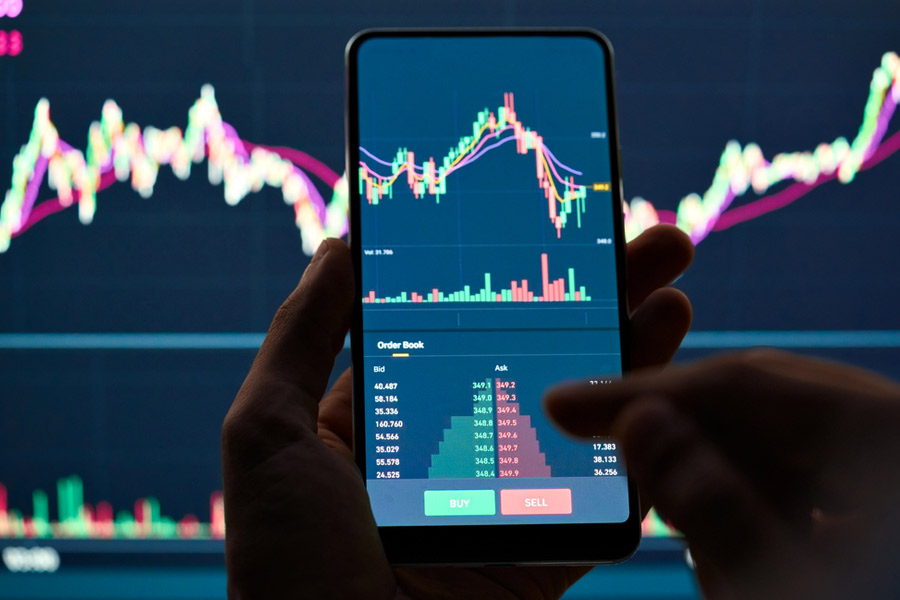Book title: Female Dance Tradition of Assam
Author: Nilakshi Phukan Borgohain
Publisher: Purbanchal Prakash
Pages: 272
Price: Rs 650
In her journey to explore the roots of the female dance tradition in Assam, the author has unravelled an unexplored world. She has outlined the birth and growth of the tradition, tracing its development till recent times in a way that enlightens the reader on the subject and its importance in India and Assam.
Right from evidence found on different dance forms to its development, everything has been extensively covered in the book which can guide researchers and female dancers.
A thorough read introduces the reader to how dance had been used as a means to express one’s feelings, emotions and thoughts from time to time. The evolution of dance from a spontaneous expression to a guided professional practice is discussed here.
It is indeed noteworthy to know the categories folk dances are divided into. They include forms like ritual movements, trance dances, ceremonial dances, harvest dances, social dances, seasonal dances, martial and game dances, drum dance, recreational dances and boys dancing as girls.
All sorts of notable folk dance forms found all over India, along with the tradition of different indigenous communities is covered in context to the categories of the folk dance.
Classical dance forms like Kathakali, Odissi, Kuchipudi, Bharatanatyam, Kathak, Manipuri and Mohiniattam, too, find mention in the book with brief introduction to each of them, their origins and evolution and the role played by women in their growth.
Though the raw traditional dance styles are no longer practised, the efforts are there to keep them alive, maintaining their purity, traditional touch and a modified taste. The existence of dance is found in the pre-Vedic and pre-historic period, dating back to civilisations of Mahenjodaro and Harappa.
During the Vedic period, the presence of beautiful women in dance is clearly documented. Each of the Vedas played a significant role in developing dance. It is said the origin of all sorts of dances in India were the mythologies, especially the epic periods of the Ramayan and Mahabharat, when epic personalities like Ram, Ravan and Krishna and apsaras are said to danced when the situation demanded.
In course of time, with the emergence of different dynasties, dance was practised in temples and the Devadasi tradition developed in many parts of India and even in Assam.
The writer has also highlighted the difference between male and female dancers in dance treatises like Natyasastra, Abhinaya Darpana and Sangita Ratnakara.
She has mentioned the folk dances that are prevailing and are being practised by the indigenous communities in Assam since their inception. The folk dances of each indigenous community are broadly discussed, including physical gestures, dresses and instruments associated with them along with the role of female dancers in these.
The book is a must read for researchers and dancers curious about the origin and birth of dance in India.










